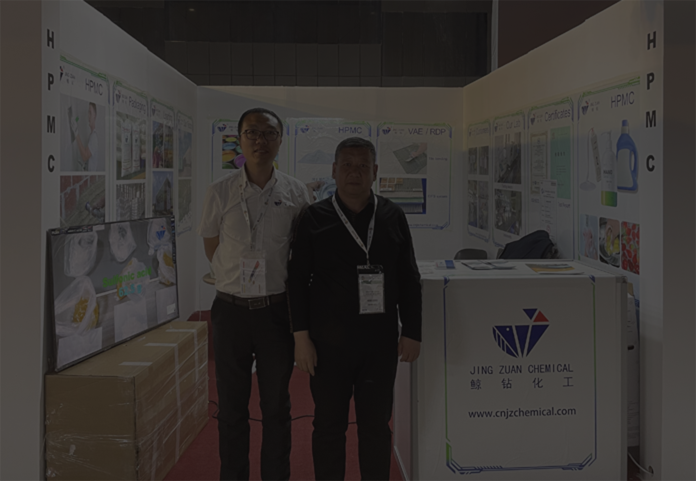
Nov . 19, 2024 03:34 Back to list
hpmc solubility in water
Solubility of HPMC in Water Understanding its Characteristics and Applications
Hydroxypropyl methylcellulose (HPMC) is a versatile polymer widely used in pharmaceutical, food, and cosmetic industries due to its unique properties. One of the most crucial characteristics of HPMC is its solubility in water, which plays a significant role in its application across various fields. Understanding the factors that influence the solubility of HPMC in water is essential for its effective use.
What is HPMC?
Hydroxypropyl methylcellulose is a semi-synthetic polymer derived from cellulose, the primary structural component of plant cell walls. By chemically modifying cellulose with hydroxypropyl and methyl groups, HPMC is created as a water-soluble compound. Its excellent film-forming ability, thickening properties, and capacity to control the release of active ingredients make HPMC a popular choice in pharmaceutical formulations, especially in controlled-release drug products.
Factors Influencing Solubility
The solubility of HPMC in water is influenced by several factors, including
1. Molecular Weight The molecular weight of HPMC affects its viscosity and solubility. Generally, lower molecular weight HPMC dissolves more readily in water compared to higher molecular weight variants. This is due to the reduced entanglement and greater mobility of lower molecular weight chains.
2. Degree of Substitution The degree of hydroxypropyl and methyl substitution also plays a crucial role in determining its solubility. HPMC grades with higher etherification levels tend to exhibit better solubility in water. This is because increased substitution enhances hydrophilicity, allowing the polymer chains to interact more effectively with water molecules.
3. Temperature Temperature significantly impacts the solubility of HPMC in water. As temperature increases, the solubility improves, primarily due to increased molecular motion, which helps to overcome the entropic barrier of dissolving the polymer in water. However, excessive heat may lead to degradation of the polymer, so it is important to keep the temperature within optimal limits.
hpmc solubility in water

4. pH Levels The pH of the solution can also affect HPMC solubility. While HPMC is typically stable across a wide pH range, extreme pH conditions can influence the polymer's structure and, consequently, its ability to dissolve in water.
5. Presence of Salts and Other Solutes The presence of inorganic salts or other solutes in a solution can affect the solubility of HPMC. For instance, certain salts may create an ionic environment that either promotes or inhibits solubility through mechanisms such as salting out or salting in.
Applications of HPMC based on Solubility
Given its water solubility, HPMC is employed in multiple applications. In the pharmaceutical industry, it is commonly used as a binder, disintegrant, and coating agent. HPMC's ability to form gels when dissolved in water makes it suitable for controlled-release formulations, ensuring a steady release of active ingredients over time. Furthermore, its viscosity-modifying properties are harnessed in suspensions and emulsions, providing stability and enhancing bioavailability.
In the food industry, HPMC serves as a thickening agent, emulsifier, and stabilizer. Its solubility characteristics help improve texture and mouthfeel in various food products. Moreover, HPMC is increasingly used in gluten-free baking as a substitute for gluten, providing the necessary structure and moisture retention to baked goods.
In cosmetic formulations, HPMC acts as a film-forming agent and rheology modifier. Its solubility and compatibility with various ingredients make it an excellent choice for creams, lotions, and gels, contributing to the overall sensory experience of these products.
Conclusion
The solubility of HPMC in water is a key factor that enhances its functionality across numerous applications. By understanding the factors that influence its solubility—such as molecular weight, degree of substitution, temperature, pH, and the presence of other solutes—formulators can tailor the use of HPMC to meet the specific needs of their products. As research continues to explore the potential of HPMC, its importance in diverse industries is likely to grow, highlighting the significance of water solubility in polymer science and application.
-
Versatile Hpmc Uses in Different Industries
NewsJun.19,2025
-
Redispersible Powder's Role in Enhancing Durability of Construction Products
NewsJun.19,2025
-
Hydroxyethyl Cellulose Applications Driving Green Industrial Processes
NewsJun.19,2025
-
Exploring Different Redispersible Polymer Powder
NewsJun.19,2025
-
Choosing the Right Mortar Bonding Agent
NewsJun.19,2025
-
Applications and Significance of China Hpmc in Modern Industries
NewsJun.19,2025







